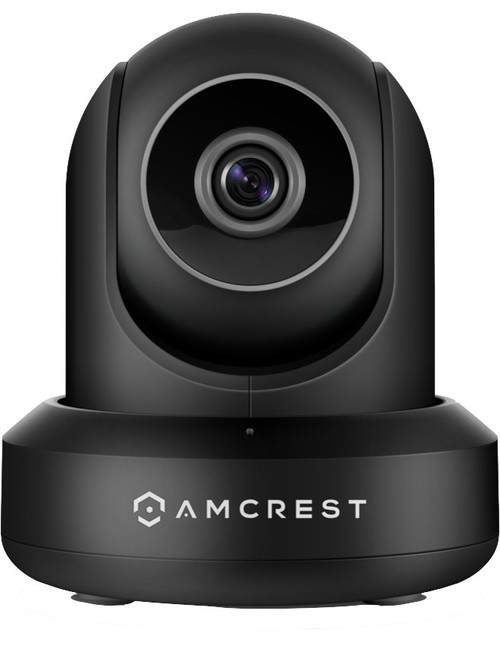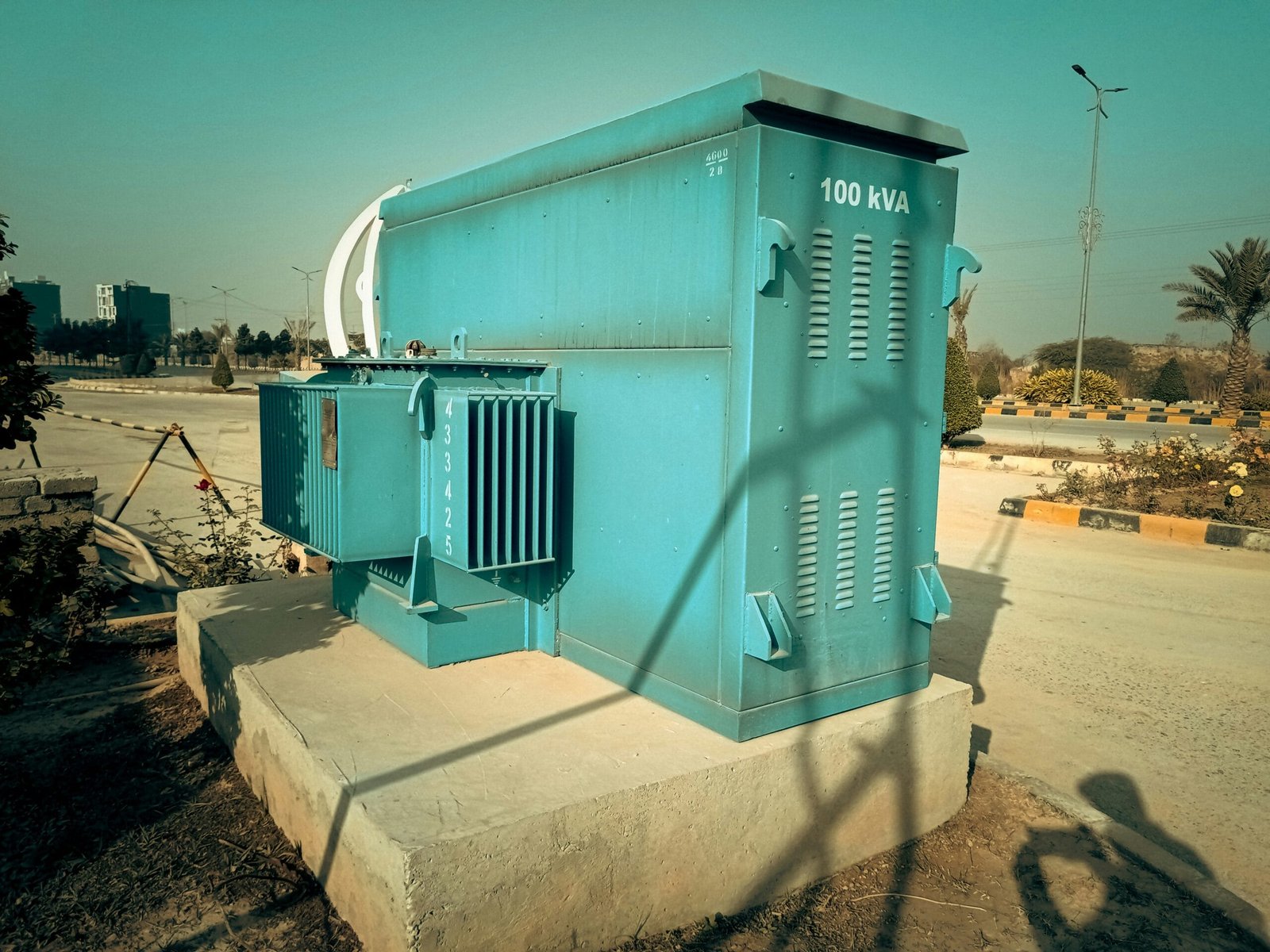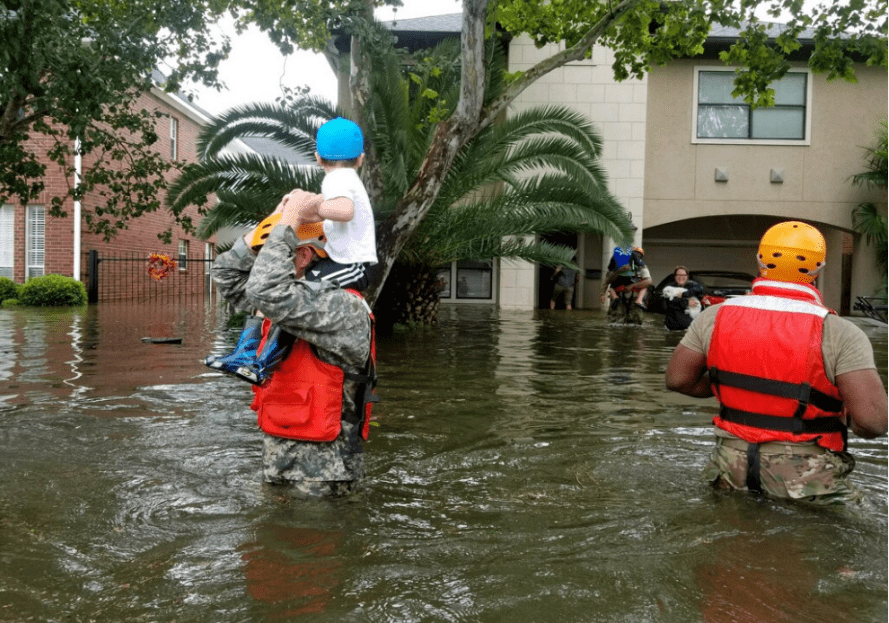CCTV (closed-circuit television camera) systems could help to protect your home from the threat of crime.
CCTV has been a common fixture in shops, pubs, car parks and other public places for years.

Find home security and surveillance for your home
Today, thanks to easier installation and falling prices, it’s becoming an increasingly popular choice for security-conscious homeowners.
This type of camera has many uses, most commonly in security applications. However, if you’re thinking of getting a home CCTV system for the outside of your property, you must comply with privacy laws. This means making sure that your cameras aren’t pointed at public space or other people’s houses or gardens.
A CCTV can double as a motion detector if it hooks to a digital video recorder (DVR), or a PC.
This DVR is programmed to detect motion by sensing changes in the number of pixels in the captured image and automatically starts recording the scene. In fact the primary function of a video motion detection system is to relieve CCTV operators from the stress of monitoring one or many screens of information that may not change for long periods. Images can be transmitted using analogue or digital technology.
Wireless home CCTV systems can suffer from interference from devices such as routers, cordless phones, and microwaves. Also, they can be blocked by heavy masonry or metal objects.
Software: You can set up a CCTV surveillance camera system with motion detection capabilities in a matter of seconds using any video device. For example Cam Wizard monitors live video feed from a USB camera or a networked IP camera. If the feed gets interrupted Cam Wizard will reconnect automatically.
Also, sophisticated motion detection algorithms look for motion in the live scene, state of the art algorithms make sure that false trigger events are minimized.
Storing: After motion is detected video and audio is captured as a compressed movie and instantly archived straight to your hard drive or network drive.
Most home systems use a PC hard drive or standalone digital video recorder (DVR). The main advantage of PC-connected systems is that they often come with software to view the images. After motion is detected video and audio is captured as a compressed movie and instantly archived. Some DVR-based systems have this facility.
Outdoor home CCTV: Make sure they are weatherproof – an IP (International Protection) rating of 66 is recommended.
Indoor home CCTV: Indoor CCTV cameras come in three types: wired, wireless and power line networked (these plug into your electrical sockets and transmit images to a storage device).
Conclusion: There are many different types of CCTV cameras available each designed to perform best in a specific situation. However, CCTV is just one line of defense against crime, and works best when combined with other measures, such as door and window locks, keeping trees and foliage cut back, security lights and a burglar alarm.
Secure Your Doors and Windows to Enhance Your Home Safety (howtobuildahouseblog.com)


